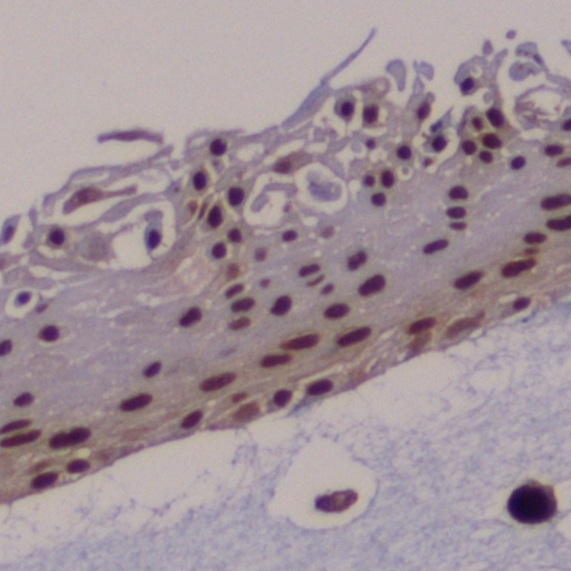
Welcome to TrueScience Blog
Did Mutation Shape the Homo Sapien Brain?
Neanderthals are cousins to modern humans and both are grouped in the genus Homo. While designated as different species (Homo neanderthalensis versusHomo sapiens), Neanderthals and humans are genetically close and likely co-existed for thousands of years, primarily in Eurasia. Once considered a more primitive species, evolving science indicates that Neanderthals had brains similar in size…
The $100 Genome?
Our human genomes are contained within 23 pairs of chromosomes comprised of DNA. It was 70 years ago in 1953 that Watson and Crick first solved the physical structure of DNA, a groundbreaking achievement that earned them the Nobel Prize. They showed that DNA is a long chain molecule with two strands wound around each…
Follow My Blog

Get new content delivered directly to your inbox.
It’s In Your Gut
America is an increasingly overweight country and the problem seems to be getting worse. Already over one-half of Americans are considered overweight and each year more and more people tip the scales into the overweight category. Many factors likely contribute to this trend, but ultimately if we consume more calories than we burn each day…
The Viruses Within
One of the most startling findings from sequencing the human genome is that humans aren’t entirely human. Approximately 8% of our DNA is viral, the result of ancient viruses invading our cells and inserting their DNA into our genomes. These insertions are scattered throughout our genomes and are primarily the remnants of a family of…
Human Brain Evolution
Primates are our closest relatives with chimpanzees sharing almost 99% of our DNA genomes. Neanderthals are even closer to modern humans with genomes 99.7% identical to ours and with brains nearly the same size as modern humans. Neanderthals (Homo neanderthalensis) and humans (Homo sapiens) were so genetically similar that successful interbreeding occurred, resulting in a…
